In a related article, we discussed some ways you could secure a lower mortgage on the best VA loan rates. Today, we’ll explore some strategies for lowering your monthly payments when using a VA loan to buy a house.
1. Buying a less expensive home
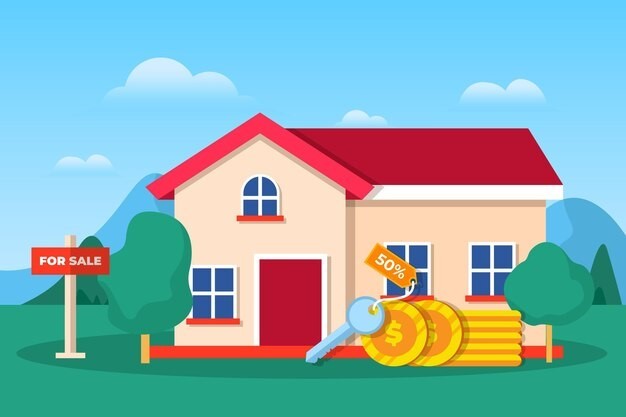
This is an obvious strategy for lowering your monthly payments. But we’re going to leave no stone unturned in this guide, so we have to talk about home prices.
With a VA loan, the size of your monthly payments will largely depend on how much you borrow. This is referred to as the “principal” amount. Your interest rate and homeowners insurance can also determine the size of your monthly payments, but only to a lesser extent.
If minimizing the monthly payments on a VA loan is one of your top priorities, you should carefully consider the price range when shopping for a home.
This is one of the best ways to limit the size of your payments because you have complete control over it. You can decide how much you want to spend on a house and, by extension, how much you need to borrow from the lender.
This is one of the best ways to limit the size of your payments because you have complete control over it. You can decide how much you want to spend on a house and, by extension, how much you need to borrow from the lender.
Here’s how the monthly housing costs would stack up:
- $400,000 loan: Monthly payment of approximately $2,398
- $300,000 loan: Monthly payment of roughly $1,799
With all other things being equal, the monthly payments on a $400,000 VA loan would be about $599 higher than those at the $300,000 threshold.
2. Making Extra Payments Towards Principal

While the primary goal of reducing monthly payments is to alleviate immediate financial strain, borrowers can also explore long-term strategies to pay off their loans faster and reduce overall interest costs.
Even modest additional payments made toward the main balance of the loan might hasten the repayment process and eventually reduce the total amount paid over time.
To reduce future monthly payments and reach financial independence sooner, borrowers may want to allocate windfalls, such as tax returns or bonuses, toward paying down the principal balance of their VA home loan or VA construction loan.
3. Extending the loan term
You can also lower your monthly payments on a VA business loan simply by choosing the most extended term available. The phrase in this case refers to the amount of time that the borrower has to pay back the loan in full.
By extending the term of your loan (such as going from a 15-year to a 30-year mortgage), you can significantly decrease the size of your monthly payments. Granted, this might result in paying more interest over time, depending on how long you keep the loan. But it can also provide immediate relief in the form of lower monthly payments.
4. Exploring Forbearance and Loan Modification Options
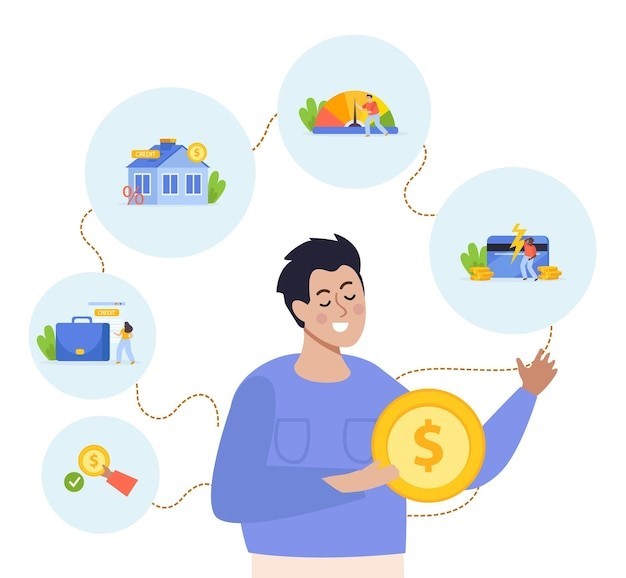
When people face financial hardship caused by things such as job loss or unexpected medical bills, they can take advantage of the forbearance or loan modification options they have with the lenders.
Forbearance entails suspending or decreasing monthly loan payments for a specified period, making it easier for the borrower during hardship.
Subsequently, loan modification includes renegotiating the terms of a loan, in which aspects like the VA loan refinance rates or repayment schedules are changed to increase the affordability for borrowers facing financial challenges.
Without offering a discount on monthly payments in the long run, they do, however, temporarily provide much-needed relief during occasions of financial unbalances.
5. Putting more money down.
“A down payment on a VA loan? Doesn’t that defeat the purpose of this program?”
While it’s true that the VA loan program allows borrowers to buy a home with no money down, there are scenarios where a down payment might make sense. This is especially true for home buyers who prioritize having the smallest possible monthly payment.
If you can afford to put some money down when using a VA loan to buy a house, you can secure a lower mortgage rate while also reducing the size of your monthly payments.
The more money you put down upfront, the less you have to borrow from the lender. Combine this with some other strategies in this guide, and you could significantly lower your monthly payment amount.
6. Monitoring and Managing Escrow Accounts

For VA loan borrowers who have escrow accounts, monitoring and managing those escrow accounts responsibly can result in lower monthly payments.
Escrow accounts are available to keep the money for property taxes, homeowners insurance, and other bills apart and to pay out when these payments become due on a monthly basis.
With escrow account accuracy and timely updates, borrowers won’t be obliged to allocate money into their escrow accounts and make an additional payment to reach the predefined VA loan credit requirements.
Periodically reviewing escrow statements and in close cooperation with the lenders would also make it possible to adjust escrow payments to actual expenses that increase cash flow and reduce the borrower’s financial burden.
7. Avoiding Mortgage Insurance
Home buyers who take out a mortgage loan that accounts for more than 80% of the home’s value typically have to pay private mortgage insurance. However, the VA loan program allows borrowers to avoid this additional cost, even if they put zero money down.
Mortgage insurance is typically rolled into the monthly payments. So, if you can avoid this kind of insurance, you’ll also be reducing your monthly housing costs. This is one of the most significant benefits offered by the VA loan program.
8. Shopping Around for Home Insurance
On a typical VA home loan, the monthly payments are determined by four components, commonly referred to as PITI. Here are those four components:
- Principal: The actual amount of money borrowed (i.e., the loan balance).
- Interest: The cost of borrowing the money, represented as a percentage of the loan balance.
- Taxes: Property taxes levied by your local government or municipality.
- Insurance: The cost of both homeowners insurance and, if applicable, private mortgage insurance (PMI).
Anything you can do to reduce these four components will also lower your monthly mortgage payments. We’ve covered some of these items, such as making a down payment to reduce your principal loan balance.
Shopping around for home insurance can also help you save money and lower the monthly payments on your VA loan.
Home insurance premiums are typically rolled into the monthly mortgage payments as part of the PITI formula above. So, if you get a good deal on a homeowners policy, you’ll further reduce the size of your VA loan payments.
9. Paying Discount Points at Closing
We took a closeup look at discount points in a previous blog post in the context of VA loans. Here’s the short version:
Discount points are upfront fees paid to the lender at closing in exchange for a lower interest rate over the life of the loan. One discount point typically costs 1% of the total loan amount.
With each discount point you buy, your interest rate drops, often by about 0.25%. While this might seem like a small “discount,” it could create substantial savings while reducing your monthly payments.
This is similar to the down payment strategy covered earlier. In both cases, a trade-off is taking place. You’re paying more money upfront in order to reduce your long-term costs and lower your monthly payments.
Not all of these strategies will apply to your particular situation. The goal here is to help you understand some of the ways you could potentially reduce the monthly payments for your VA loan, allowing you to pocket more of your paycheck every month.
10. Recasting the Loan
Another effective tactic for lowering monthly payments on any kind of VA loan, for example, a VA loan for land, is loan recasting, also referred to as re-amortization. The lender will then recalculate the monthly payments based on the reduced principal amount after receiving a sizable lump-sum payment toward the primary balance of the loan.
Although recasting usually necessitates a sizeable upfront payment, it can result in much fewer monthly payments without requiring Certificate of Eligibility or a new interest rate negotiation.
To determine if loan recasting is an excellent way to lower their monthly payments, borrowers should speak with their lenders.
Conclusion
Paying off the VA mortgage may be accomplished by reducing monthly payments to become less stressed about accounts and better cope with the funds.
Besides this, preventative measures like making extra payments to the principal, managing escrow accounts, and seeking financial advice can play a crucial role in empowering the borrower and achieving long-term success in home ownership.
Taking appropriate actions and using accessible tools can lower monthly payments on VA loans, bring more money for investment, and prolong financial stability in the family budget.



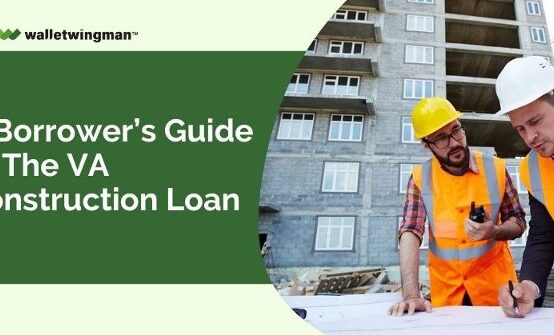 A Borrower’s Guide to the VA Construction Loan
A Borrower’s Guide to the VA Construction Loan  How to Buy a Condo Unit with a VA Mortgage Loan
How to Buy a Condo Unit with a VA Mortgage Loan 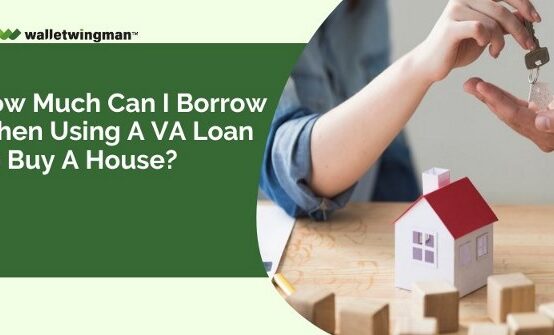 How Much Can I Borrow When Using a VA Loan to Buy a House?
How Much Can I Borrow When Using a VA Loan to Buy a House? 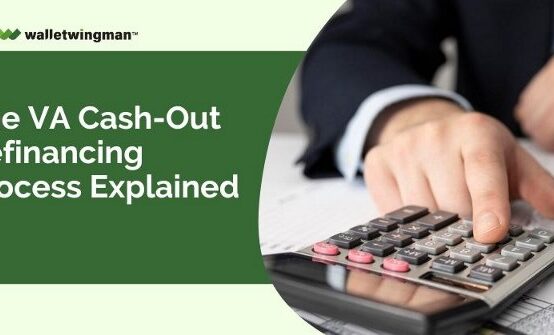 The VA Cash-Out Refinancing Process Explained
The VA Cash-Out Refinancing Process Explained 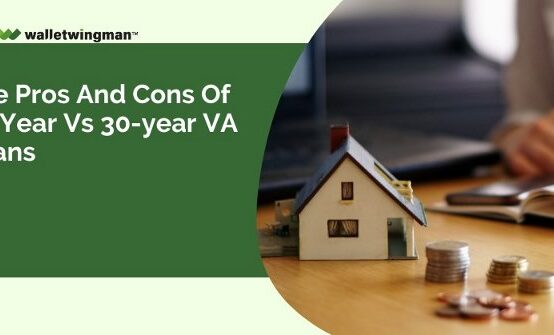 The Pros and Cons of 15-Year vs 30-year VA loans
The Pros and Cons of 15-Year vs 30-year VA loans 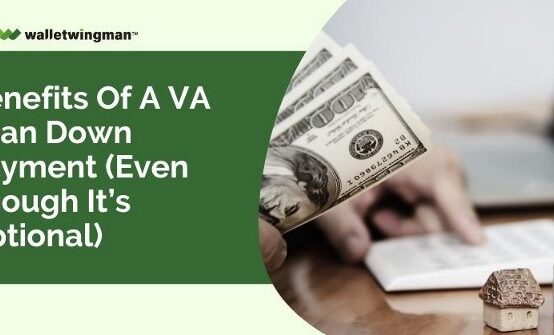 Benefits of a VA Loan Down Payment (Even Though It’s Optional)
Benefits of a VA Loan Down Payment (Even Though It’s Optional) 